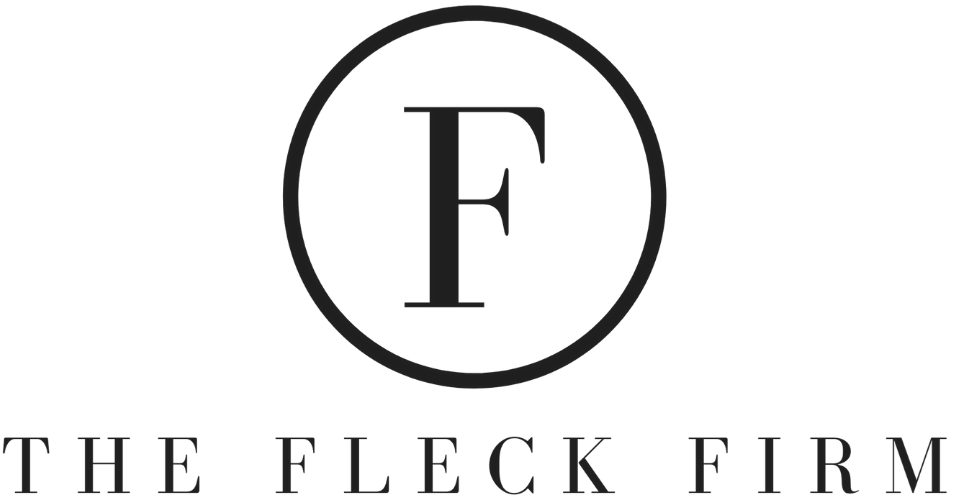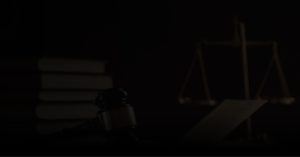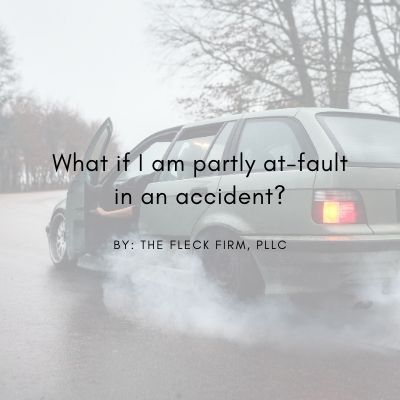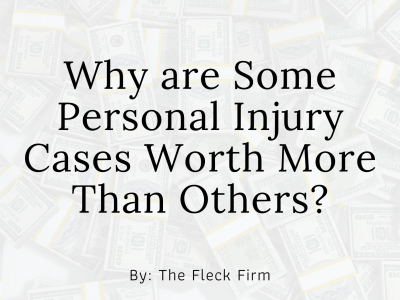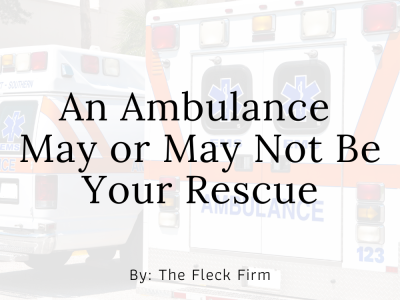If I’m Partly at Fault, Can I File a Car Accident Lawsuit?
In Kentucky, as long as you’re not entirely at fault for a vehicle accident, you can file a legal claim against others who share the blame for what happened. However, your damages (the harm you suffered measured in dollars) will be reduced by your share of the blame. Depending on the circumstances, determining who is how much at fault can be the most important part of a case.
Other attorneys take contingent fees of 33% to 50% of your settlement.
We want you to keep more of your money.
Our contingent fee is only 30% on cases settled prior to filing suit.
Negligence Law is the Basis for Accident Claims
The legal theory of negligence is the basis for nearly all car accident cases where you, the victim (the plaintiff) sue the responsible party (the defendant) to get compensation for the harm done. If the responsible party has insurance covering the accident, it should pay for a legal defense, a settlement, or a jury verdict.
The exception to this rule is if the other driver intentionally struck your vehicle. This may happen in a road rage or domestic violence situation. In that case, since there was no “accident,” an insurance company would probably deny coverage.
There may be multiple defendants if more than one party is to blame for the accident.
- You may have suffered a multi-vehicle accident on the highway or at an intersection
- A commercial truck may have caused an accident where different companies may be at fault. The truck may have been owned by one company but maintained by another. The truck could be owned by one business, but the driver worked for another
- Where the accident happened may be poorly designed, maintained, or lit, possibly making the government agency responsible for the road at fault
The plaintiff has the burden of proving:
- The defendant owed the plaintiff a legal duty (to drive reasonably in a reasonably safe vehicle)
- The defendant breached or violated that duty (the other person drove too fast, was distracted, or drove while using illegal drugs)
- The breach is the factual and legal cause of your accident and injuries
- Under state law, the defendant must compensate you for the harm done
The Greater Your Blame the Lower the Recovery
Comparative negligence is a rule for splitting damages when the parties are at least partially at fault. Where both drivers were negligent, the insurance company or jury allocates responsibility, usually as a percentage. Unless you’re completely to blame for the accident, you would recover damages representing the other driver’s share of fault. If your total damages are $100,000 and the other driver is 60 percent at fault for the crash, your damages award would be $60,000.
In most states, plaintiffs can’t be more than half to blame or must be less than half at fault to have a valid case. A few states are the opposite of Kentucky. If you have any blame for an accident there, you can’t recover any damages.
When determining who ends up with how big a settlement or jury verdict, the devil is in the details. Depending on how severe your injuries and their impact on your current and future income, a decision that you’re 20 or 30 percent to blame for an accident could mean tens of thousands of dollars gained or lost.
The Facts Should Show Who is How Much at Fault
How difficult this may be depends on the circumstances of the accident. A driver can be found to be more to blame if he or she:
- Speeds
- Fails to yield the right of way
- Drives too fast for conditions
- Is distracted
- Is intoxicated, tired, or asleep
- Suffers an illness or medical condition that makes driving unsafe
- Ignores stop and yield signs or stop lights
- Rear ends the other car
- Drives an unsafe vehicle
There are accidents when both drivers are making these serious mistakes, or they might make minor ones. If the fault isn’t clear cut, what might show the degree of each party’s liability? Insurance companies investigate accidents. Our office also investigates our clients’ cases.
If we feel one’s needed, we’ll hire an engineer who’s an expert at reconstructing accidents. Based on the facts of the crash, that expert will reach a conclusion on how and why an accident happened, how injuries were caused, and the degree that each party was at fault. This person will write a report which can help with negotiations and testify if the case is litigated. The insurance company many have its own expert too.
An investigation can cover many factors. One or a few may be much important than others. Each accident is unique:
- The accident scene is visited, photographed, and measured
- Photos or videos taken just after the accident by the drivers or police are viewed
- Security and traffic camera video of the accident will be reviewed
- The investigator will drive the same routes as the cars involved to understand each driver’s perspective
- Skid marks and physical damage to nearby objects like guardrails or power poles will be examined
- The vehicles will be examined to find where the damage happened and how severe it is
- Electronic information stored by the car could tell the speed, direction, acceleration, and deceleration of the vehicle
- Information from smartphones could show if the person had apps open, was talking or texting at the time, the route and speed of the vehicle
- Eyewitnesses and our client will be interviewed
- Police reports and evidence obtained by law enforcement will be looked at
- A driver may make statements to police, the other driver, or on social media that admit fault or contain incriminating statements
- Whether a driver was ticketed or arrested is an indication of blame
- Road condition, weather, and visibility information will be considered
- Medical records can be reviewed to see where and how much force impacted the driver and passengers
Why Representing Yourself is a Mistake
Car accident cases can be complex. You may feel the other driver is clearly at fault, but his or her insurance company may find facts showing you contributed to the accident. What would you do in response?
Would you do your own investigation? Hire your own expert? Negotiate your settlement based on the finer points of the legal responsibilities of each driver? You would be better off hiring an attorney who has done this before and successfully helped clients facing the same situation.
Free Consultation
Contact us today for a free consultation to see how we can put our years of experience to work for you.
Take the Next Step. Call Tyler Fleck
Contact The Fleck Firm today for a free consultation by calling us at (270) 446-7000. We’ll talk about what happened, your injuries, the law, and your best options to proceed. Insurance companies have lawyers. You should have one too.
